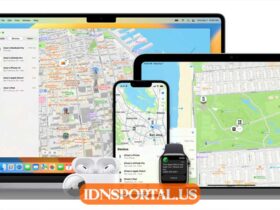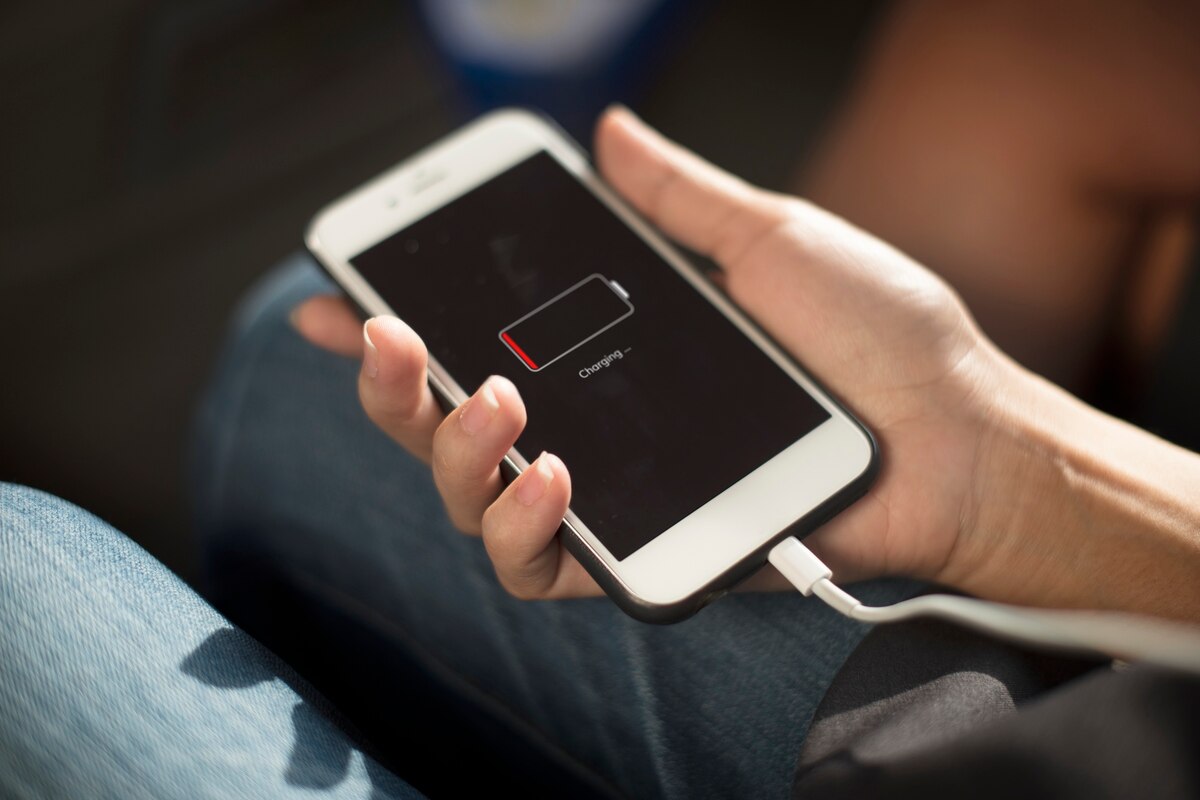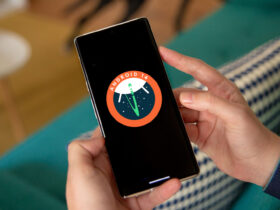Your phone’s battery’s health affects its lifespan, worsening with usage and charging. Battery health is measured in cycles, with one cycle representing a charge from 0% to 100%. Since most phone batteries are lithium-ion or lithium-polymer, they can only be charged and discharged so many times.
Maintaining the health of your Android battery is crucial for extending its charge time between charges. Samsung Galaxy Note9 batteries can hold up to 4,000mAh. The phone’s battery capacity is 4,000mAh at 100% health upon full charge. As used, the product’s health can decrease by up to 90%.
This implies that your phone will not receive the full 4,000mAh even when fully charged. This is why your phone’s battery drains faster than when you first bought it. Changing the cell or device may be necessary if the battery life drops below a certain point. This guide provides simple methods to assess the battery health of your Android phone, identify issues, and extend its lifespan.
4 Tips For Checking The Health Of An Android Battery
Checking the battery size of your Android phone is crucial for long-term use. This is particularly important for those who trade used cell phones. While difficult on an iPhone, this is possible on an Android device. Here are additional ways to track battery details:
Access The Settings Menu To Monitor Your Battery Health.
While Android phones provide basic battery information in the settings menu, they lack a built-in feature to check battery health. Instead, follow these steps to prevent the remaining juice:
- Check the app for updates.
- Touch ‘Battery.’ This page displays the remaining battery life and power.
- Tap the three-dot menu at the top right of the page and select “Battery usage.”
- Check the energy usage of your phone in the past 24 hours and the top apps that have used the most power since it was fully charged.
- Press the three dots in the right corner to access the menu, then select “Show full device usage.”This option displays system usage, including screen, display, and OS.
Learn How To Check Your Samsung Phone’s Battery Health:
- Launch the Samsung Members app.
- Go to the bottom of the screen and click “Get Help.”
- Select “Interactive checks,” located near the top of the menu. Select ‘Battery.’ This page shows how the Samsung Members app manages your phone’s battery, power, and size.
Use A Key Code To Check Battery Health.
Android phone users can access secret codes, identification numbers, and diagnostic test screens by entering patterns of numbers, hashes, and asterisks into the Phone app’s dial pad. When checking a phone’s battery, do the following:
- Enter *#*#4636#*#* into your phone’s dialer.
- Select ‘Battery information’.
Although this page does not provide specific battery health information, it summarises its state and rating. The battery is considered “Good” if there are no significant issues. This page is an excellent resource for checking battery temperature. Maintain a temperature below 90°F to avoid overheating.
Read Also: The best portable Chinese consoles of 2023: Comparison and analysis
Examine Your Battery Health With An App.
Utilize third-party apps like AccuBattery to understand your phone’s battery function. One of the top-rated Android apps is AccuBattery on Google Play. It has four tabs: ‘Charging,’ ‘Discharging,’ ‘Health,’ and ‘History.’ To check your phone’s battery health after downloading AccuBattery, follow these steps:
- Launch the AccuBattery app.
- Select the ‘Health’ tab.
- Refer to the ‘Battery Health’ section for an estimated battery health assessment. You can compare the expected capacity to the design capacity to determine the decrease in power (in mAh) over time-related to battery health.
AccuBattery provides more accurate and helpful information as your phone usage increases. Battery health is usually considered good if it’s above 80%. If your battery drops below 70% and shows signs of dying, consider replacing it.
The “Health” tab includes “Battery Wear” and “Battery Capacity” sections. In the “Battery Wear” section, a bar graph displays daily battery damage or wear. AccuBattery advises Android users to stop charging at 80% for longer battery life.
The ‘Battery Capacity’ section compares battery data to design capacity, resulting in a number in the ‘Battery Health’ section. Check the ‘Charging’ tab for more details on how long your phone will stay charged at its current battery level. Additionally, this tab displays real-time data on phone charging speed and battery temperature during setup.
The “Discharging” tab displays your Android phone’s battery status when not charging. It displays real-time data on battery life, app power usage, and more. Check the ‘History’ tab to see how your phone’s battery life has changed.
Evaluate Your Battery Health With A Full Device History Report.
Finally, check your Android phone’s battery health with a complete device history report. These are the typical methods for buying or selling used phones. It takes less than two minutes and provides information about your account, including:
- Device Status
- Carrier Details
- Repair History
Your gadget history report assesses battery health, among other things. Do not buy a used device without a Phonecheck Verified History Report, as it can determine its value.
Identify Signs Of A Bad Android Device Battery.
Common Signs Of A Dying Android Phone Battery:
- If your phone won’t turn on, it’s likely the battery is dead. However, ensure your phone is slow and not just having screen issues. Try connecting it to other chargers to rule out the problem with your current one.
- Works only with a charger hooked up. The battery is dead when your phone only works when plugged into a charger and turns off when unplugged. It relies on the charger for power and cannot function without it.
- To avoid overheating, keep your battery temperature below 90°F. Working above this level does not enhance battery life or speed. If your phone feels hot, it may indicate a dying battery and be dangerous. The battery is swollen. Overcharging your phone battery can cause it to expand and raise the screen. It is risky to replace the battery before it breaks the net.
- Even when fully charged, it dies quickly. Fully charged, the average smartphone can last up to 8 hours. Using your phone frequently or using battery-draining apps may reduce this ability. If your phone dies quickly after setting it to 100%, it may be a battery issue.
Conclusion
Maintaining battery health is essential for Android device longevity. Settings, Samsung Members, diagnostic key codes, and AccuBattery may be used to monitor battery status. Regular monitoring detects overheating, capacity loss, and unexpected charging. Buyers and sellers of used phones should get a thorough device history report. Slow performance and quick drain indicate a deteriorating battery, allowing for early replacements and a smooth user experience.













Leave a Reply
View Comments